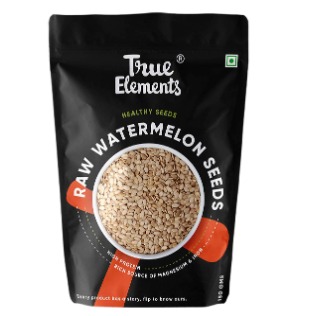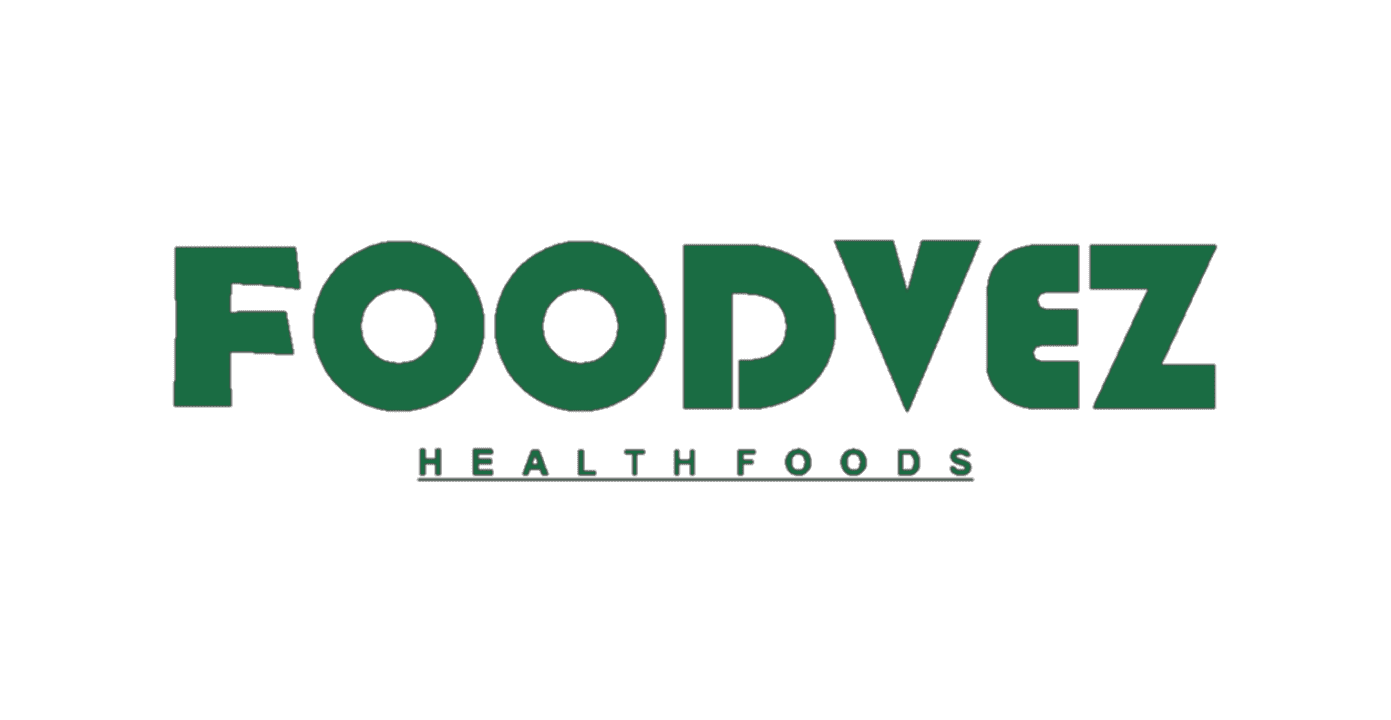Here you get to know how fiber is risky for you
Consuming fiber supplements can cause the following
Bloating, gas and constipation are all symptoms of eating too many fiber supplements. You have to increase water to keep your body hydrated and have proper dietary supplements. Can all help to reduce this discomfort.

If a person consumes more than 70 gm fiber a day in 1 serving. It may cause some side effects. This isn’t unusual, and it’s more prevalent among those who eat a vegan, whole-foods, or raw diet.
In this post, we’ll discuss how much fibre is too much and how to identify if you’ve consumed too much. We also look at therapies and beneficial fibre sources to include in your diet.
How much is excessive?
Fiber is one of the essential components of plants and carbohydrates that cannot be digested. Fiber-rich foods include lentils, beans, fruits and vegetables etc. Many people also use fiber supplements to meet their daily requirements. In general, consuming too much fibre is less frequent than consuming too little. Only around 5% of Americans get the recommended amount of fibre each day.
Gender, age, and pregnancy status all influence the quantity of fibre recommended. Therefore, Dietary fiber supplements consumption is recommended by the Academy of Nutrition and Dietetics as follows:
- Adult women require 25 g per day.
- Adult males should consume 38 g per day.
- After 50 years, there is less fibre in the body (21 g for women, 30 g for men)
- A pregnant woman should eat at least 28 g per day of fiber
A fiber-rich diet is vital for maintaining intestinal health because
- decreased blood pressure
- lower risk of heart disease
- Reduce diabetes and obesity.
But if consuming more fiber than 70 gm a day. Might result in unpleasant side effects, which some people may feel after only 40 grammes.

It is not difficult to consume 70 grammes of fibre per day. when consuming items like high-fiber nutrition bars and fiber-added bread. A nutritious breakfast of oats, lunch of a sandwich and fruit or vegetables, and supper of whole grains may easily meet that goal. You can also use fiber supplements to meet your each day fiber goal
Side effects and symptoms
The following are the most prevalent signs of ingesting too much fibre:
- bloating
- gas
- feeling stuffed
- stomach aches
- diarrhoea or constipation
- dehydration
- Some essential nutrients are not absorbed well.
- gaining or losing weight
- nausea
- In rare circumstances, intestinal obstruction occurs.
Fiber makes bowel motions more bulky and large. It also encourages fermentation and the production of gas. This is why consuming too much fibre might cause intestinal problems. So, Fiber is essential for regular, healthy bowel motions. Therefore, Constipation can occur if you consume too much of it.
In a 2012 research, 63 participants. Who was suffering from constipation, bloating, and stomach pain. As they were given a fibre supplement to try. So, Individuals who lowered their fibre consumption. Had more frequent bowel movements, less bloating, and less stomach pain. In this research than those who did not.
It should be emphasised, however, that increasing dietary fibre consumption. Might assist with constipation in some people. Mostly in those who are recently treated with irritable bowel syndrome. Fiber can interfere with the body’s capacity to absorb critical nutrients. Which can lead to vitamin shortages. Therefore, the fibre binds with minerals including calcium, magnesium, zinc, and iron. So, This undesirable consequence occurs.
Treatment
The symptoms of excessive fibre consumption can be alleviated by:
- fibre consumption reduction
- Increasing your fluid intake
- Increasing your physical activity
- Avoiding foods that cause bloating, such as chewing gum
A person with severe symptoms may choose to follow a low-fiber diet. which involves consuming less than 10 grammes of fibre per day. Until their symptoms improve. So, This diet is most commonly suggested for people. Who have major digestive problems or are recovering from surgery.
A low-fiber diet can fulfil a person’s daily nutritional needs. According to IMF ( Institute of medicine foods )
A low-fiber diet focuses on:
- low-fiber bread grain items
- canned or cooked fruits and vegetables
- well-cooked meats
Products containing high sources of fibre:
- Soy hulls
- maltodextrin
- guar gum
- oat fibre
- inulin, a difficult-to-digest polysaccharide
Bottom line
The pain that results from eating too much fibre will fade over time as the body removes the fibrous foods. Reduced fibre consumption, increased water consumption, and increased exercise. Therefore, It can all help reduceate pain.
As carbs and protein are essential component of a diet. similarly fiber is also neccesary. After a low-fiber diet has alleviated a person’s symptoms. so, They might attempt reintroducing fibre in small amounts to allow the body to adjust.
It is critical to drink more water while increasing dietary fibre. Aim for 8 glasses of water per day, and choose low- or no-sugar drinks as much as possible.
The health risks of not eating enough fibre much exceed the discomfort of eating too much fibre. so reaching the recommended daily fibre goals is well worth the effort.

So to meet your daily fiber requirement you can find a variety of products on Foodvez. There are a lot of exciting deals on many healthy products. You can buy organic, ayurvedic, sports supplements and healthy products there. So go and check it now and avail the exciting deals
